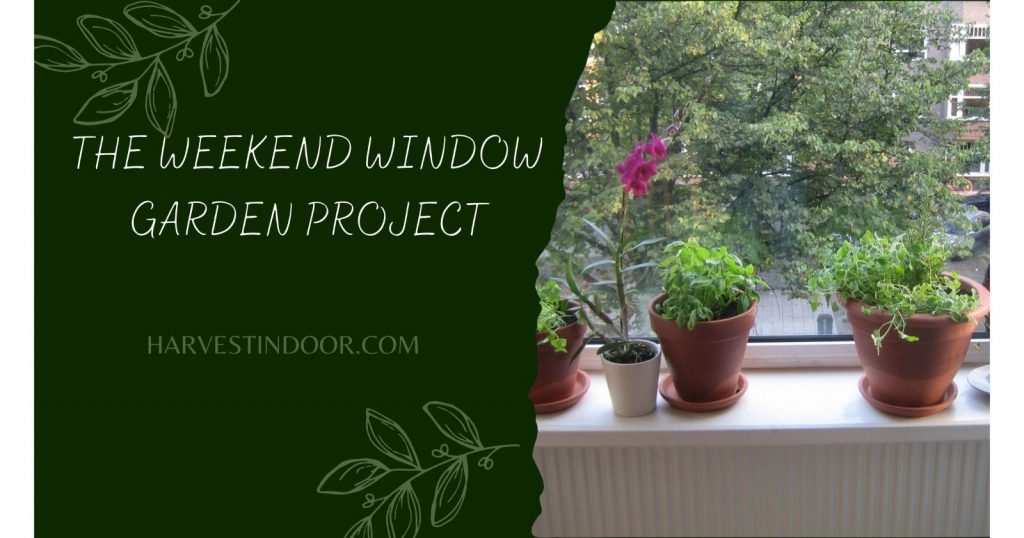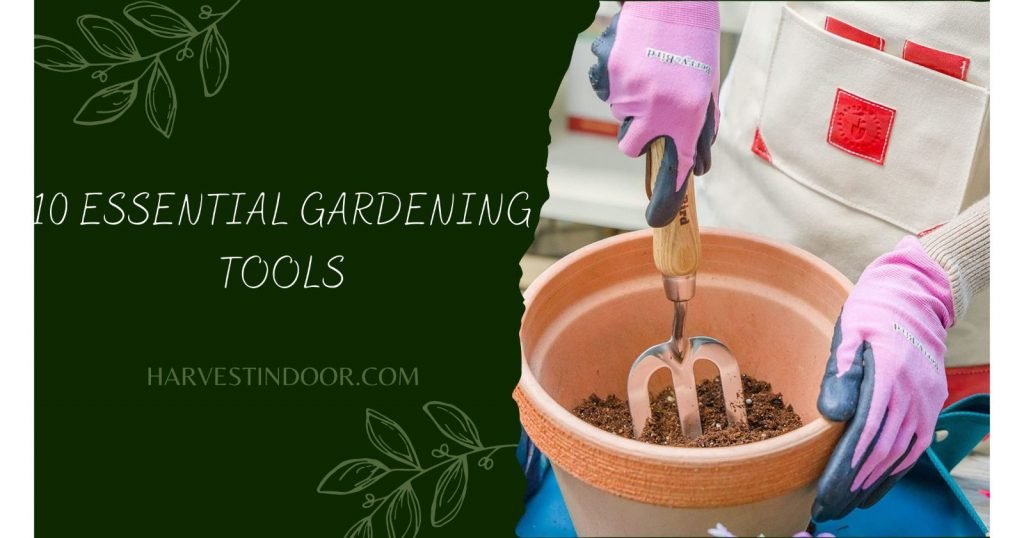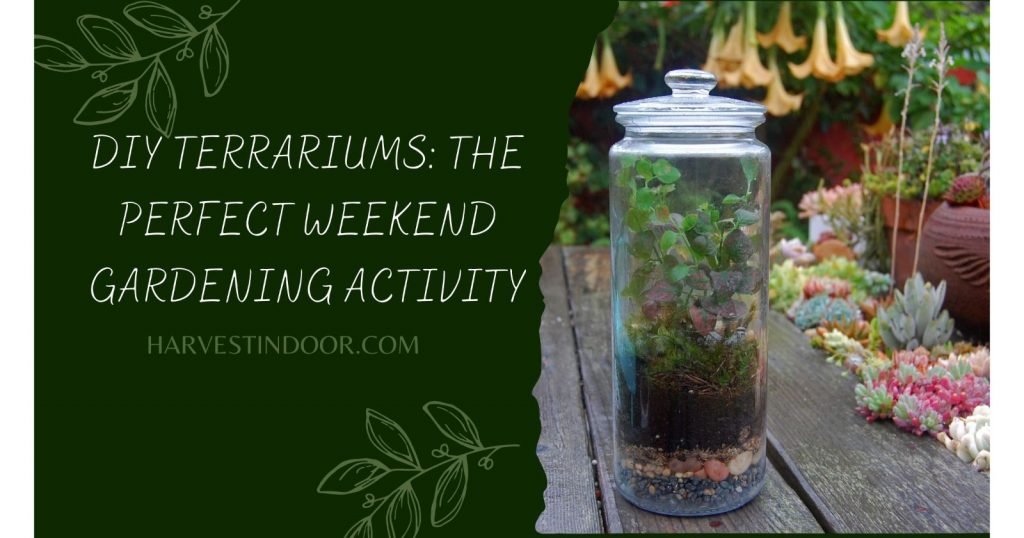With the rising popularity of indoor gardening, it’s no surprise that growing fruit trees indoors has become a favored trend, especially for those with no or limited outdoor land. Just imagine plucking a ripe, juicy fruit straight from your kitchen or living room–that’s a dream come true for every plant enthusiast! Let’s dive in and give this weekend’s indoor fruit tree project a try.

Table of Contents
How To Setting Up Your Indoor Fruit Tree Growing Space
Picking your favorite indoor fruit tree is not difficult, but setting up a proper indoor growing space for the plants might not be as easy as flipping the page of a book. Here are all you need to consider before incorporating the lush and delicious fruit tree indoors.
Inspect The Indoor Growing Space
For this matter, you need to do a deep research regarding your plant’s needs. Is it a sun-loving fruit tree that requires it to be in a drier area? Or is shady and humid space what the plant prefers? Along with thriving requirements, measuring your indoor space is no less important. Make sure the indoor space, whether it’s in the kitchen, living room, or even the home bars, has enough room for the plant to grow. It’s wise to pick smaller or dwarf varieties if lack of room is your main problem.
Tips: Take advantage of indoor grow light to supplement natural light, especially during winter months when sunlight is scarce. To increase humidity, you can use commercial humidifiers or natural humidifiers made from pebbles and water trays.
Pick The Right Containers

Planters such as containers and pots are crucial for the indoor fruit tree as they serve as the plant’s house. When selecting the best planters for your plant, there are several key tips to keep in mind. First, ensure the size matches the size of the tree. A too-small planter can lead to root bound, meanwhile if the planter is too large it can cause the soil to restrain too much water, resulting in root rot and pests or fungal-related problems.
Next, the material you choose is also predominant. Clay and terra-cotta planters are known to be porous and allow better drainage and aeration. However, these types tend to dry out quickly. Plastic planters, although non-porous, lightweight, and restrain moisture better, are not eco-friendly, prone to scratches, and some may contain bisphenol A, which can be harmful to the plants.
Wood planters can be perfect if you opt for a more natural-looking style, but this type of planter can be porous and absorb too much moisture, leading to unwanted mold and fungal growth. Metal planters, although can be more lightweight and budget-friendly than wood planters, tend to heat up quickly and can rust over time. We recommend not using metal and plastic planters for fruit trees that require direct sun to thrive.
Monitoring Pests and Diseases
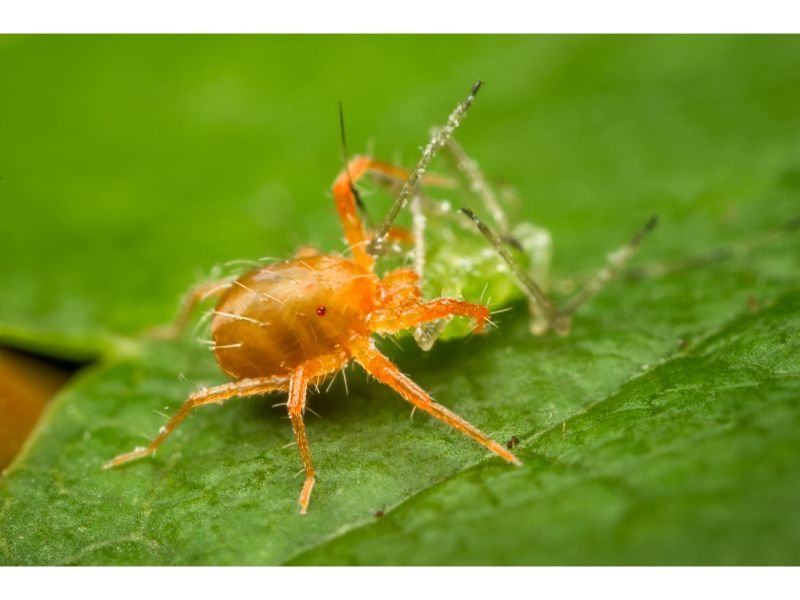
The good news is, the basic principle of monitoring pests and diseases for indoor fruit trees is the same as for their outdoor counterparts. Moreover, indoor fruit trees are generally less susceptible to pests and diseases due to the natural indoor environment that is more controlled. Nonetheless, if you’re not providing the right growing conditions, no plants can ever escape from pests and diseases.
To keep unwanted problems away, the first thing you need to do is to check the plants regularly. Look for any discharge and discoloration on the leaves and stems, including holes, and traces of web-like strings which could be the major sign of pest infestation. Next, inspect the soil and check if there are any mold or fungus-related diseases. Consider using pests controlling treatments such as neem oil, horticultural oil, or insecticidal soap. Last but foremost, ensure to frequently keep the area clean.
Prune The Indoor Fruit Tree But Don’t Overdo It
Except for dwarf varieties, most indoor fruit trees need regular pruning to keep them in the desired size and promote new, healthy leaves. Keep in mind that cutting too much can cause stress to the plant and interrupt the photosynthesis process.
Must-Have Materials For Thriving Fruit Tree Indoor
Say no to those overpriced and ‘fancy’ gardening tools as you can successfully thrive the indoor fruit trees with just a few necessities. First, you need a good-quality potting mix that is rich in humus and a planter that has enough drainage holes. Other materials to add include a watering can, spraying mist bottle, pruners, and a small rake. With just these basic materials, you’ll be well on your way to creating a dreamy indoor fruit tree paradise!
Best Fruit Trees To Grow Indoors
Meyer Lemon (Citrus x limon ‘Meyer’)
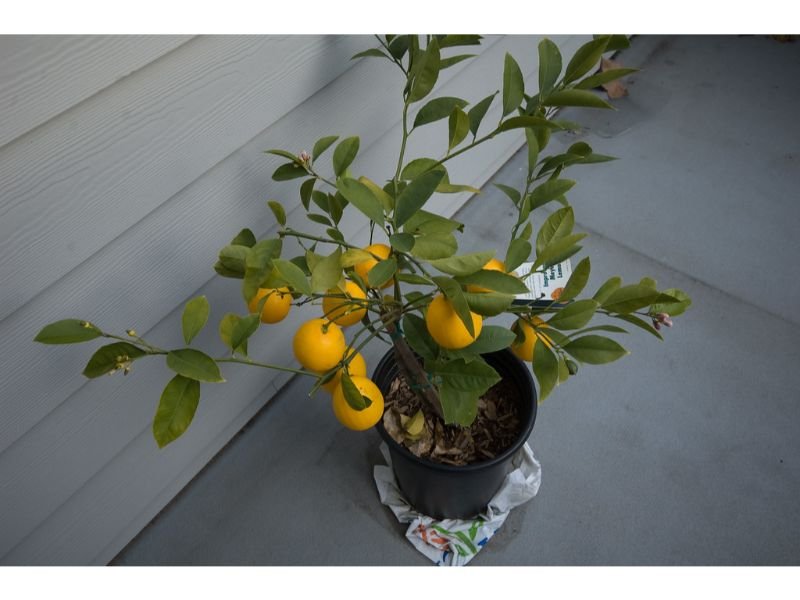
Estimated Size: 3 to 4 feet
Light: Full sun, partial shade
Soil: Good drainage, constant moisture
This small citrus hybrid is the most well-known indoor fruit tree due to its compact size and sweet, juicy fruits. Meyer Lemon Tree can be propagated through stem cuttings and prefer loamy or sandy soil to thrive.
Mexican Lime (Citrus x aurantifolia)

Estimated Size: 6 to 8 feet
Light: Full sun
Soil: Well drainage, keep moist
Another indoor fruit tree from the citrus family, Mexican Lime produces tiny, round, lime-green or yellowish-green fruits with a smooth texture that is not too acidic. This native to Southeast Asia demands low maintenance, making them perfect for any gardener.
Arabian Coffee (Coffea arabica)

Estimated Size: 1.25 to 1.5 feet
Light: Partial shade
Soil: Well-draining, slightly acidic
Shout out to all coffee lovers, this indoor fruit tree is made for you! Arabian Coffee Tree features berry-like fruits with bright red colors when matured. The fruits are usually dried and roasted to make regular coffee.
Dwarf Macadamia Tree (Macadamia integrifolia)
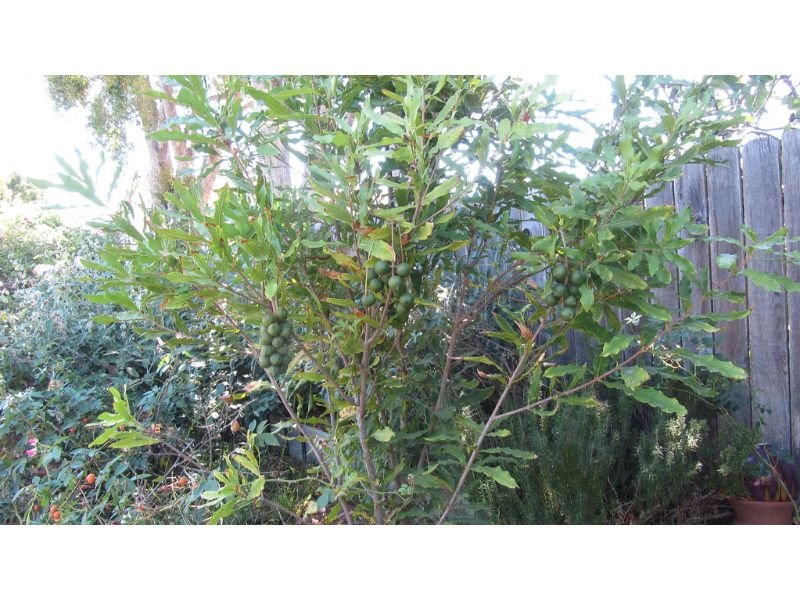
Estimated Size: 2 feet
Light: Partial shade, full sun
Soil: Good drainage, slightly acidic to neutral
Dwarf Macadamia Tree features a compact and manageable size that is capable of producing creamy and buttery nuts. It’s important to water the tree regularly but don’t overdo it since this plant is prone to root rot.
Banana Tree (Musa acuminata)

Estimated Size: 3 to 6 feet
Light: Full sun
Soil: Well-draining, humus-rich
This popular tropical tree is not only notable for producing sweet fruits but is also loved for its ease of maintenance. However, Banana Tree is a heavy feeders, so ensure to provide them with the fertilizers they deserve.
Avocado Tree (Persea americana)

Estimated Size: 12 to 15 feet
Light: Full sun
Soil: Well-draining, slightly acidic
The creamy, sweet, and rich in healthy fats and carotenoids make avocados adored by many, and thriving them indoors is not possible. But beware, since Avocado Tree is a rapid grower, pruning the plant regularly can result in the tree growing even massively.
Dwarf Pomegranate Tree (Punica granatum)
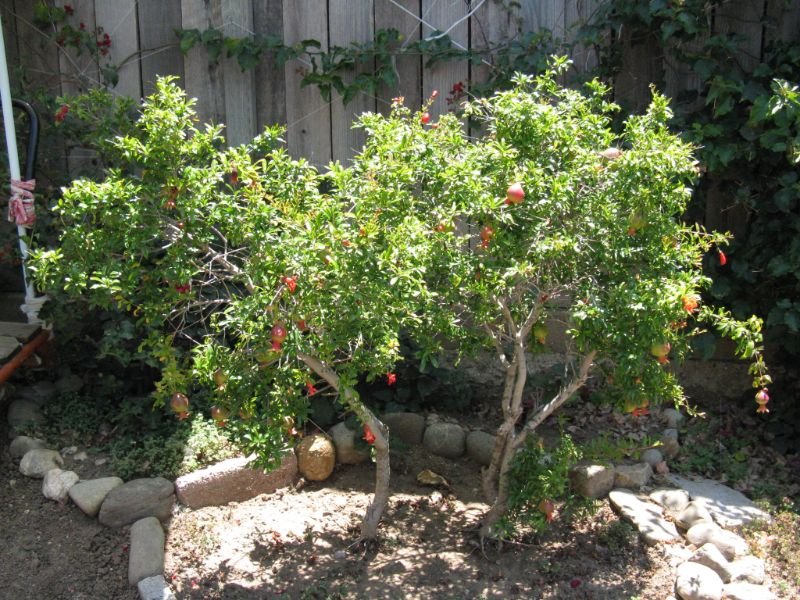
Estimated Size: 3 to 4 feet
Light: Full sun
Soil: Good drainage, loamy
In their natural habitat, the Pomegranate Tree can reach a mature size of about 30 feet but you can still enjoy their beauty and the sweet-tart fruits indoors by thriving the dwarf cultivar. This tree is relatively low maintenance and needs to be protected from frost and extreme heat.
Mandarin Orange (Citrus reticulata)

Estimated Size: 4 to 6 feet
Light: Full sun
Soil: Well-drained, humus-rich, constant moisture
This eye-catching indoor fruit tree features fragrant and bright fruits with contrasting elliptical, dark green foliage. Mandarin Orange is a show-stopper that thrives the best in warm and humid environments. Pruning is needed to encourage more growth.
Why Do We Recommend Growing Fruit Tree Indoor?
To sum up, growing fruit trees indoors is not just a fun weekend activity. With more controllable indoor environments, it’s feasible to get healthier plants and better yields. Many indoor fruit trees are also blessed with stunning foliage, blooms, and fragrance, which can help to add to the aesthetic appeal of your indoor space.

New author in the hood. Loves gardening and flowers are my spirit animals (yes I know they are not animals but I insist). I will be covering most of the flowers’ topics here and occasionally random though as well.

